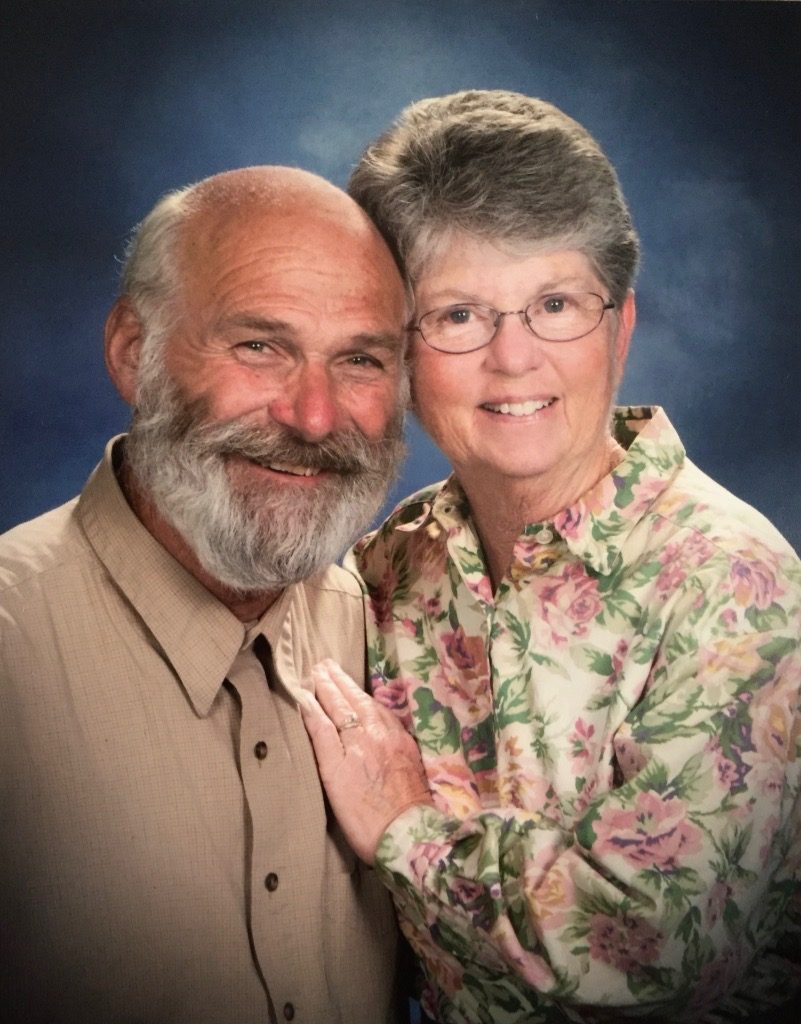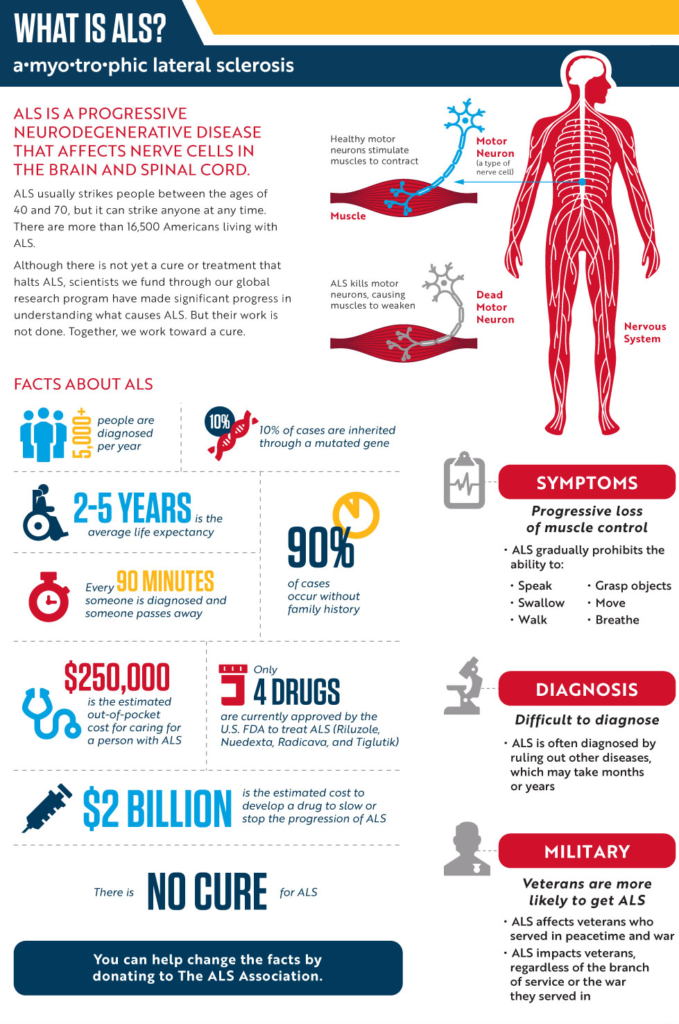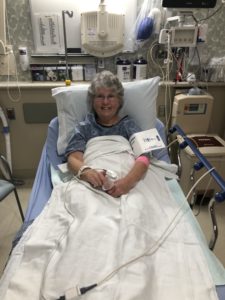
Sailed through the placement of a G-feeding tube. Based on first-hand participation, Thursday was pretty much a textbook example of a G-tube surgical procedure. Our daughter, Kathryn, left San Francisco early Thursday morning to drive to the hospital. She arrived shortly after we were taken to pre-op day surgery. I changed into the typical over-size hospital gown. The anesthesiologist met with us to discuss his plan—he would remain in the operating room (OR) on standby in the event he needed to administer anesthesia. Finally, the young, female, interventional radiologist carefully reviewed the procedure while allowing time for questions. I inquired about a MIC-KEY* (see below). Typically, a MIC-KEY is inserted several weeks post-op. The interventional radiologist said it was her intention, if possible, to insert a MIC-KEY during Thursday’s procedure. Success would be dependent on the thickness of my stomach wall and what size MIC-KEYs were available—they come in many sizes but not all are stocked in the French Hospital OR.
MIC-KEY*
Our MIC-KEY* Low-Profile Gastrostomy Feeding Tube is a step up from a standard gastrostomy feeding tube. When designing it, we listened to many enteral feeding consumers who requested a tube that would allow for an active and more mobile lifestyle. They told us it should be unobtrusive, easy to conceal under clothing and difficult to dislodge allowing freer movement.
Today, MIC-KEY* is the more mobile person’s ideal feeding tube choice. MIC-KEY* allows both children and adults to enjoy life to the fullest while ensuring their nutritional health and well-being.
An attendant wheeled my bed to the brightly lit operating room where I would spend the next hour. I was prepped for the procedure. They allowed me to have a pillow under my head to help me breathe easier while in the supine position. Throughout the entire operation, I was fully awake and alert but felt no pain as lidocaine was used to numb my abdomen. It was interesting and eye opening to listen to conversations among the surgical team throughout the procedure. During the final 15 minutes, the interventional radiologist said she was pleased she would be able to install the MIC-KEY as she had the exact size required!
Wheeled back to day surgery post-op to meet up with Jon and Kathryn, I was discharged just after 4:30 p.m. and back home within a half hour. There was considerable pain Thursday night and Friday, but that has become less intense throughout the day. We have been managing my pain with Tylenol and Advil, as needed.
Friday we benefited from the visit of a home health nurse. We are awaiting a delivery of supplies including liquid nutrition. This afternoon we were grateful for a second visit from a nurse on our home health team.
Thank you, each one, for your
prayers and words of encouragement!


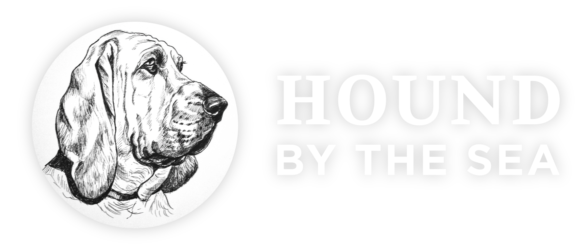
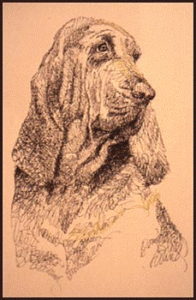 My love affair with not just any hound—bloodhounds—started as a young, impressionable girl growing up in Sierra Madre. The small, charming community in southern California nestled beneath the San Gabriel Mountains is flanked by Pasadena on the west and Arcadia to the east. Every Fourth of July, the town hosted a festive parade on Sierra Madre Boulevard. Bloodhounds were always accompanied by the Sierra Madre Search & Rescue Team (SMSR). The high point for me!
My love affair with not just any hound—bloodhounds—started as a young, impressionable girl growing up in Sierra Madre. The small, charming community in southern California nestled beneath the San Gabriel Mountains is flanked by Pasadena on the west and Arcadia to the east. Every Fourth of July, the town hosted a festive parade on Sierra Madre Boulevard. Bloodhounds were always accompanied by the Sierra Madre Search & Rescue Team (SMSR). The high point for me!
